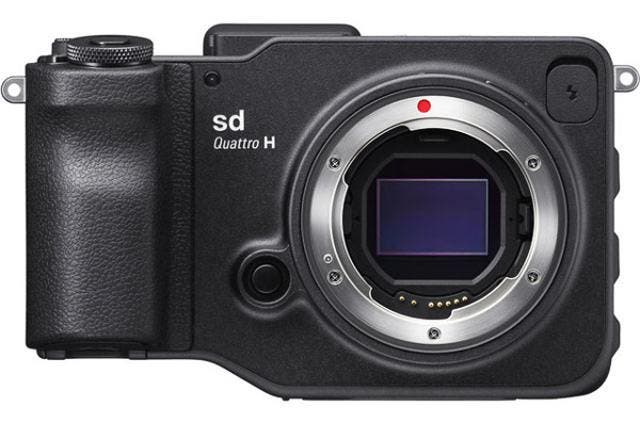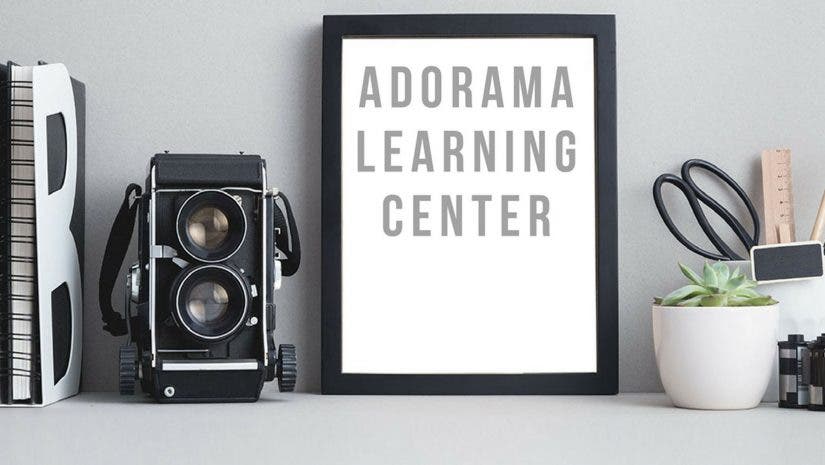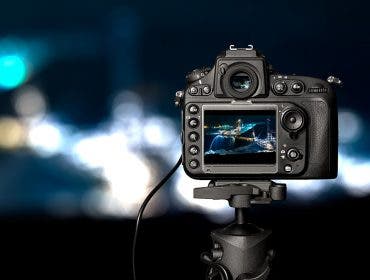Sigma has always marched to its own drummer. Its unique Foveon Sensor, which consists of three sensors stacked one over the other that separately catch Red, Green and Blue for unusually fine image quality, has a small but very loyal following. The design of its compact digital cameras have been unique and. Now, for the first time, Sigma has applied the same Foveon technology and stand-out design to create two new mirrorless interchangeable-lens compact digital cameras—the sd Quattro and sd Quattro H as well as introducing new lenses and a flash.
Both cameras are ruggedly-built and weatherproof, boast super-sharp digital viewfinders, and computational photography applications for exceptional dynamic range as well as superior overall quality. Let’s take a look at both cameras, as well as the new Sigma 50-100mm f/1.8 DC HSM Art and 30mm f/1.4 DC DN Contemporary lenses, and the Sigma EF-630 electronic flash.

Sigma sd Quattro has a standard APS-C sensor.

Sigma sd Quattro H has a larger APS-H sensor. Both cameras accept standard Sigma SA-mount DSLR lenses.
Sigma sd Quattro SGSDQ and sd Quattro H SGSDQH
The key difference between the sd Quattro and sd Quattro H is their sensor sizes. The sd Quattro boasts an APS-C sized sensor that produces image quality that Sigma says is comparable to that of a 39MP Bayer-pattern sensor on standard resolution testing. The sd Quattro H uses a larger APS-H, which delivers the equivalent of a 51MP Bayer-pattern sensor.
Key features:
- 39 or 51MP (equivalent) sensors
- Magnesium-alloy bodies
- Dust- and splash-proof
- 2.3MP digital viewfinder
- 3-inch 1.62 million dot LCD
- Sigma SA-mount, compatible with existing SA-mount lenses
- Top ISO 6400
- 2-mode, 9-point AF system
- Movement prediction, face detection, focus peaking

When talking about Sigma’s Foveon sensors, a few words about their unique setup are important. The sensor consists of a stacked silicon sensor array, with all detail information on the top layer, with color information captured in the lower-resolution Blue, Red and Green sensors below. No low-pass filter is used. Both of the new cameras use Sigma’s Dual True III image processor to take advantage of Sigma’s Art, Contemporary, and Sport lineup of Global Vision lenses. The cameras can capture RAW (X3F data) that includes a monochrome image capture mode.
An unusual feature is a new Super-Fine Detail mode, which merges 7 exposures together in-camera. It’s HDR on steroids (since most cameras will combine two or three exposures). The 2.3MP viewfinder is one of the highest-resolution eye-level finders on the market, while the LCD monitor is accompanied by a second monitor that constantly provides exposure readouts.

One of the great advantages of the Quattro series is that it will be compatible with Sigma lenses. Sigma has been steadily upgrading the build and image quality produced by its lenses in recent years to the point where its optical offerings are highly rated and respected.
Sigma has not yet announced pricing or availability for either camera. You can check on availability here.
Two New Lenses
Sigma also introduced two new high-performance lenses for APS-C format cameras.

Sigma 50-100mm f/1.8 DC HSM Art
The first lens in its focal range with a constant f/1.8 maximum aperture, the Sigma 50-100mm f/1.8 DC HSM Art covers the equivalent of a 75-150mm lens on a 35mm camera, and Sigma says the lenses maintains exceptional brightness and resolution throughout the zoom range. The lens will maintain focus while zooming, a feature of interest for videographers.
The lens features three FLD glass elements, one SLD (special low dispersion) glass element, and a high-refractive index, high-dispersion glass element to minimize aberrations. A new Hyper Sonic Motor is said to be smaller and more accurate, which the polycarbonate diaphragm is said to be very smooth in operation.
Inner focus and zoom keep the physical length of the lens constant. The lens is constructed of 21 elements in 15 groups, accepts 82mm filters, and focuses down to 37.4 inches. The 50-100mm f/1.8 pairs well with the already-introduced Sigma 18-35mm f/1.8 Art lens. It will be available in Canon, Nikon, and Sigma mounts from Adorama for $1,099.

Sigma 30mm f/1.4 DC DN Contemporary
Sigma also announced a new prime lens, the 30mm f/1.4 DC DN, for Sony E-Mount and Micro Four Thirds cameras. Considered an affordable, high-quality option, it is a fast lens that can be used for both still and video, and delivers outstanding Bokeh. Sony claims it is the first affordable f/1.4 lens for the mirrorless market.
The lens consists of 9 elements in 7 groups, accepts 52mm filters, and focuses as close as 11.8 inches. It has a fast, smooth AF stepping motor, which is designed especially for quiet operation when shooting video.
The Sigma 30mm f/1.4 DC DN Contemporary will be available in Micro Four Thirds and Sony E mounts from Adorama for $339.

Sigma EF-630 Flash
Rounding out the latest new Sigma offerings is a new advanced wireless shoe-mount flash, the Sigma EF-630. Features include TTL exposure control,high-speed sync, wireless flash, auto-zoom and bounce flash. Multi-flash setups are possible by using the Slave Flash Function. It syncs up at 1/250 sec. Both front and rear-curtain sync modes are available.
The flash is said to have an intuitive user interface, via an LCD monitor, D-Pad and dial settings control. A modeling flash lets you quickly check for reflections and shadows before shooting, and an AF assist light is available to aid autofocus in low lighting conditions. Manual power can be set from 1/1 to 1/128. It can automatically adjust coverage area from 24-200mm.
Pricing and availability to be announced.





